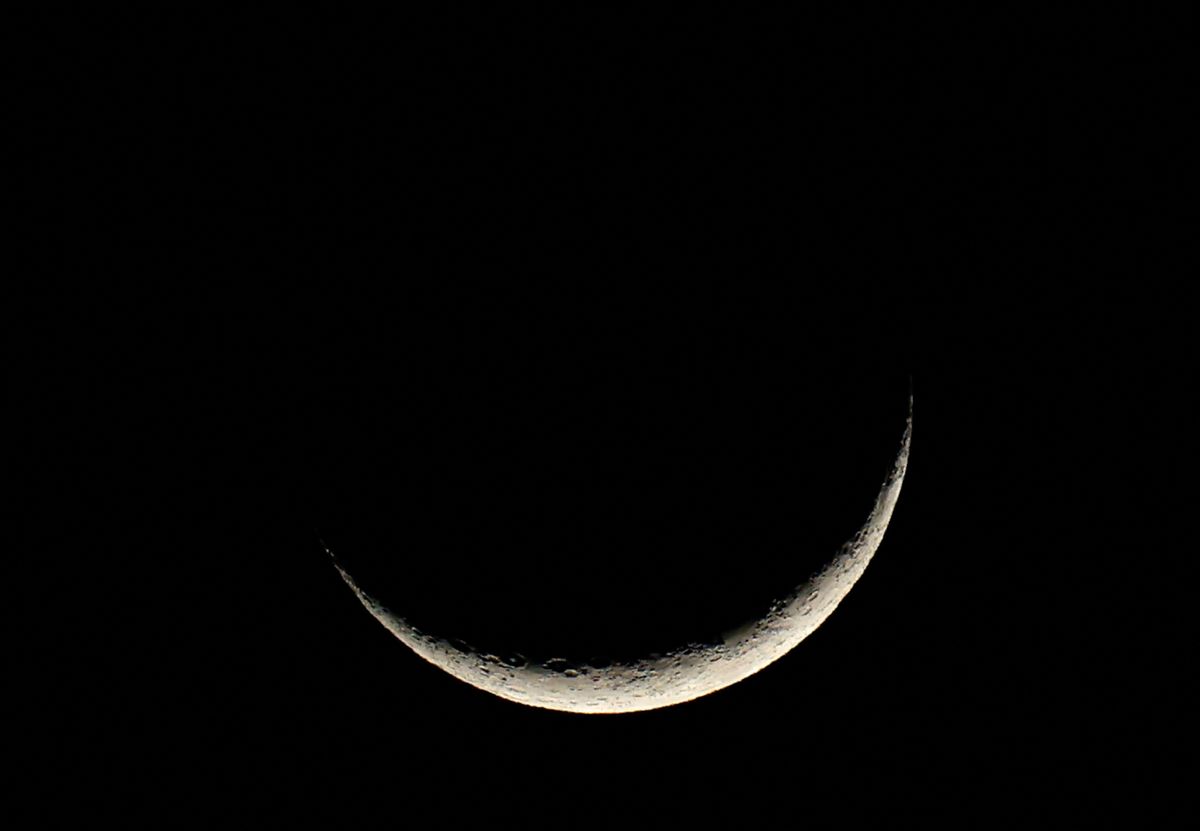Could the answer to the climate crisis come from the moon?
It sounds crazy, but could it work?

A few minutes every morning is all you need.
Stay up to date on the world's Headlines and Human Stories. It's fun, it's factual, it's fluff-free.
As the climate crisis becomes more and more pressing for us here on Earth, researchers are looking toward space for some answers. And they found some possible answers … on the moon.
Researchers have proposed in a new paper firing moon dust into space to deflect the sun’s rays away from Earth so that the rays are diverted and won’t heat up our planet. The process essentially creates a shield. The idea is that we’d mine the moon of millions of tons of dust and send it about 1 million miles from Earth with a sort of gun. From there, those particles would somewhat block some of the incoming sunlight.
“First, it can be pretty efficient at deflecting sunlight, and second, it turns out that the most efficient grain size is the most plentiful on the moon’s surface,” said Benjamin Bromley, a co-author of the new paper and a theoretical astrophysicist at the University of Utah.
There are a few challenges with this concept, though. It would take a while (decades, even) to set up all the equipment and mechanisms necessary to mine, collect and ship moon dust to Earth for the project. At a bare minimum, we would also need moon bases, lunar mining infrastructure, a huge among of storage space, and a way to launch the dust into space.

This process would also require a lot of precision, and there would need to be more research into the potential side effects. Plus, sending the dust to create this “solar shield” requires, ironically, a whole lot of energy – more than what’s used in over 20,000 Saturn V rocket launches. There are also no current laws or policies in place to regulate this type of geoengineering.
Is mining the moon like that even legal?
“There is a much simpler, safer and cheaper solution: Leave the fossil fuels in the ground and run the world on solar and wind power, of which there is enough to supply power for everyone,” Alan Robock, a climate scientist at Rutgers University, said to The Washington Post.




Comments ()